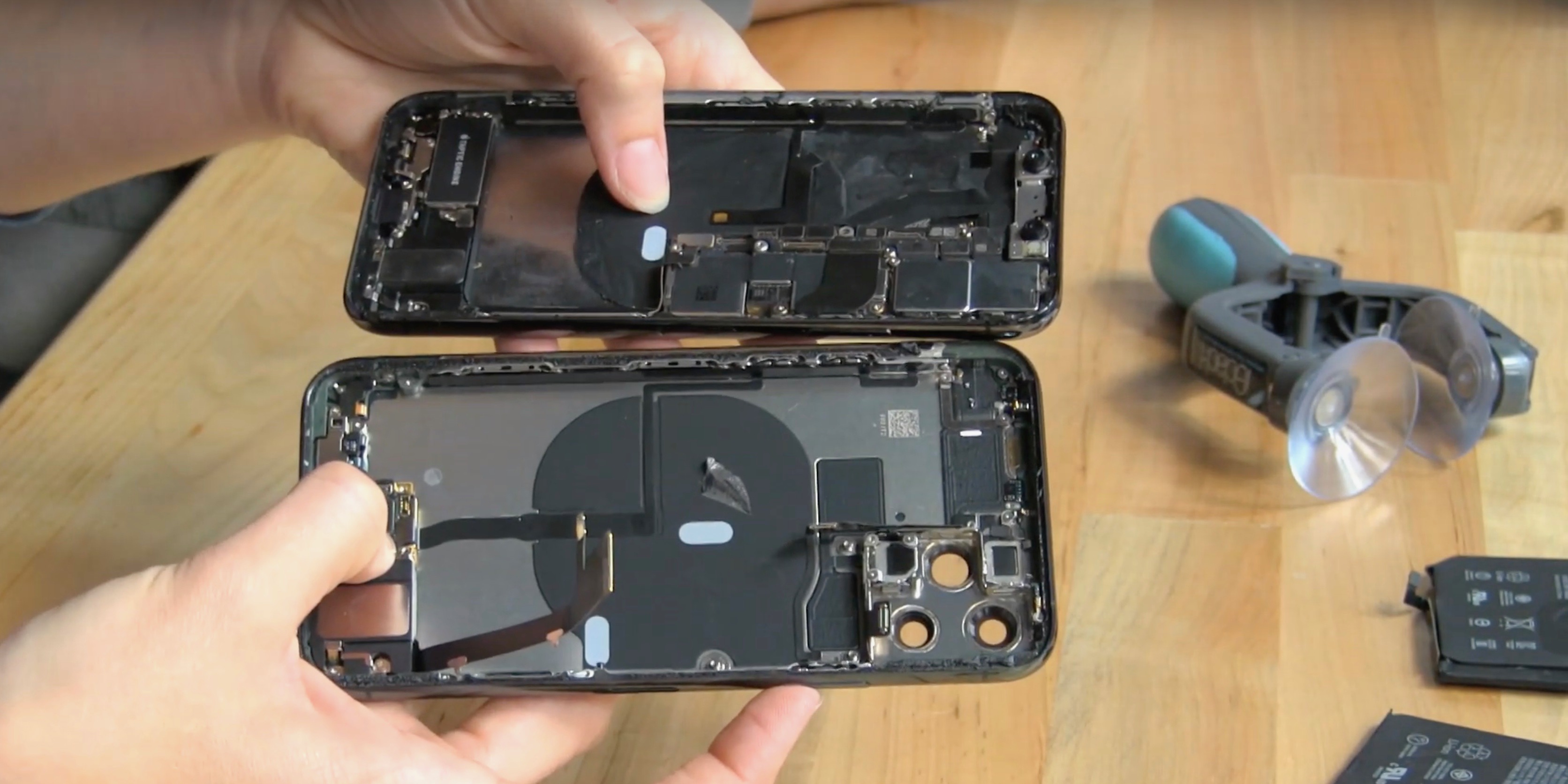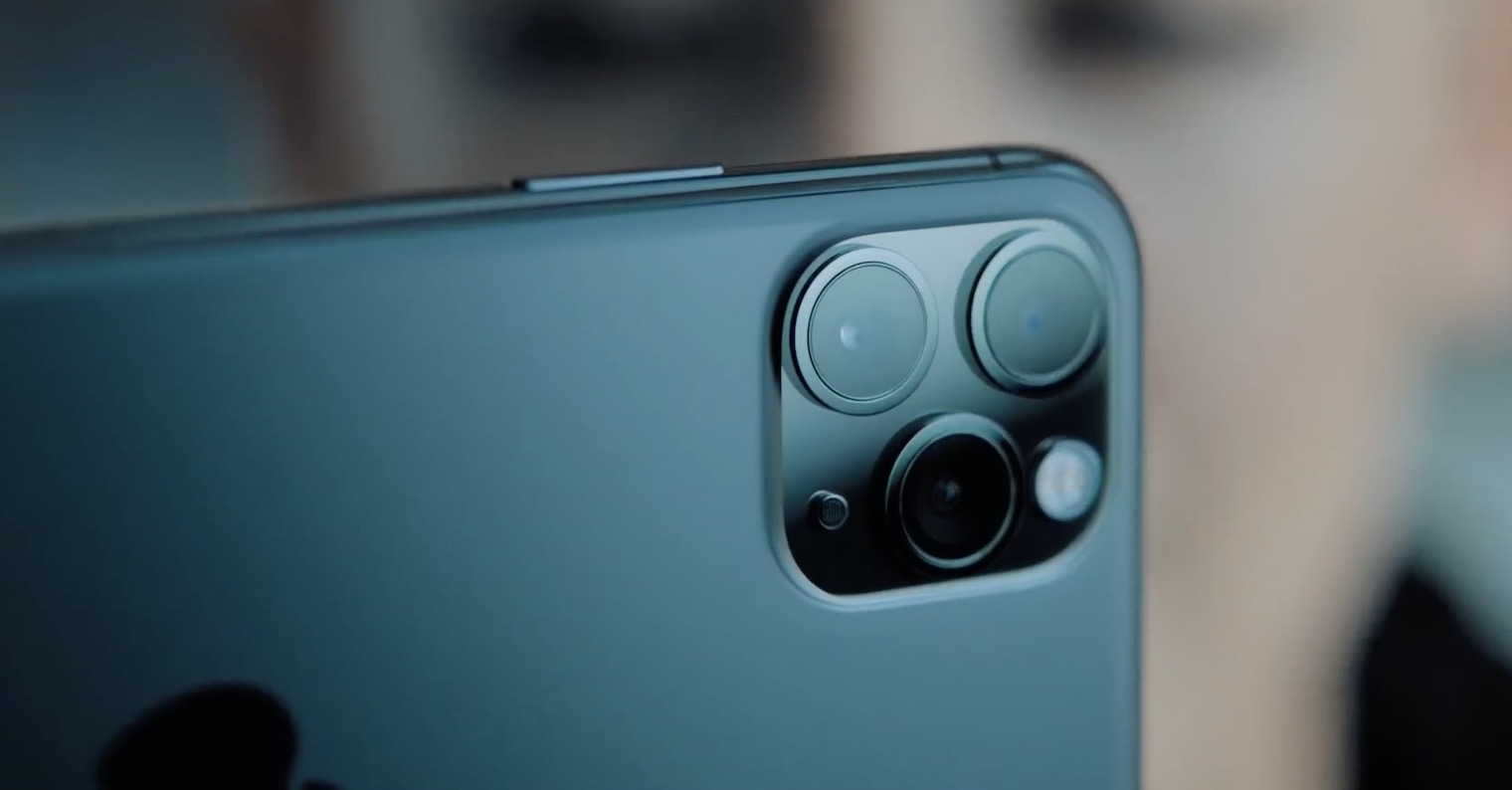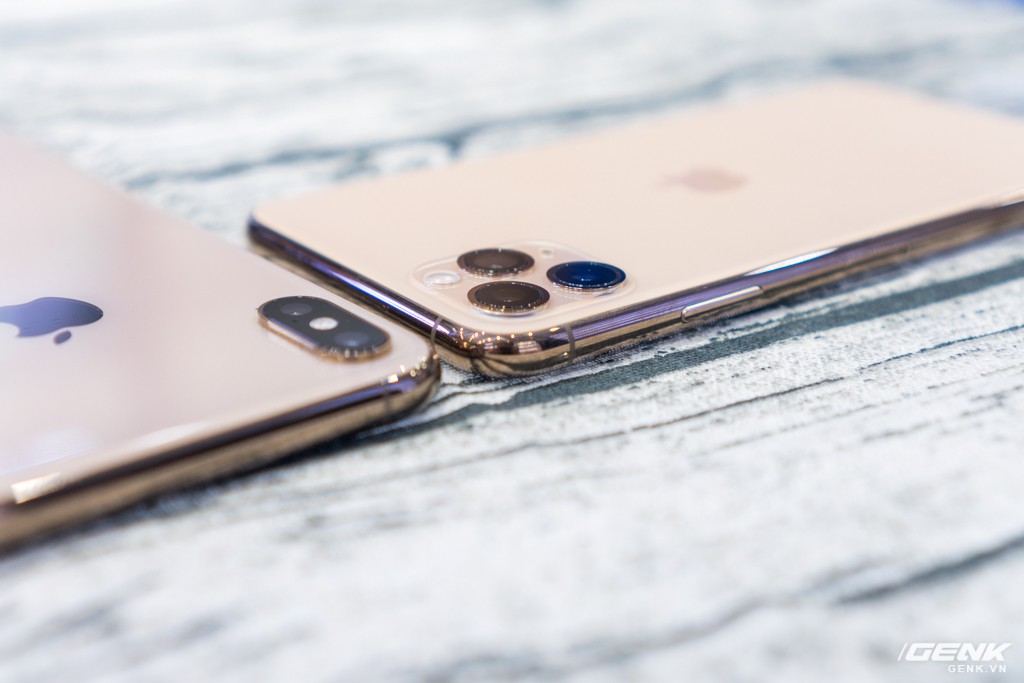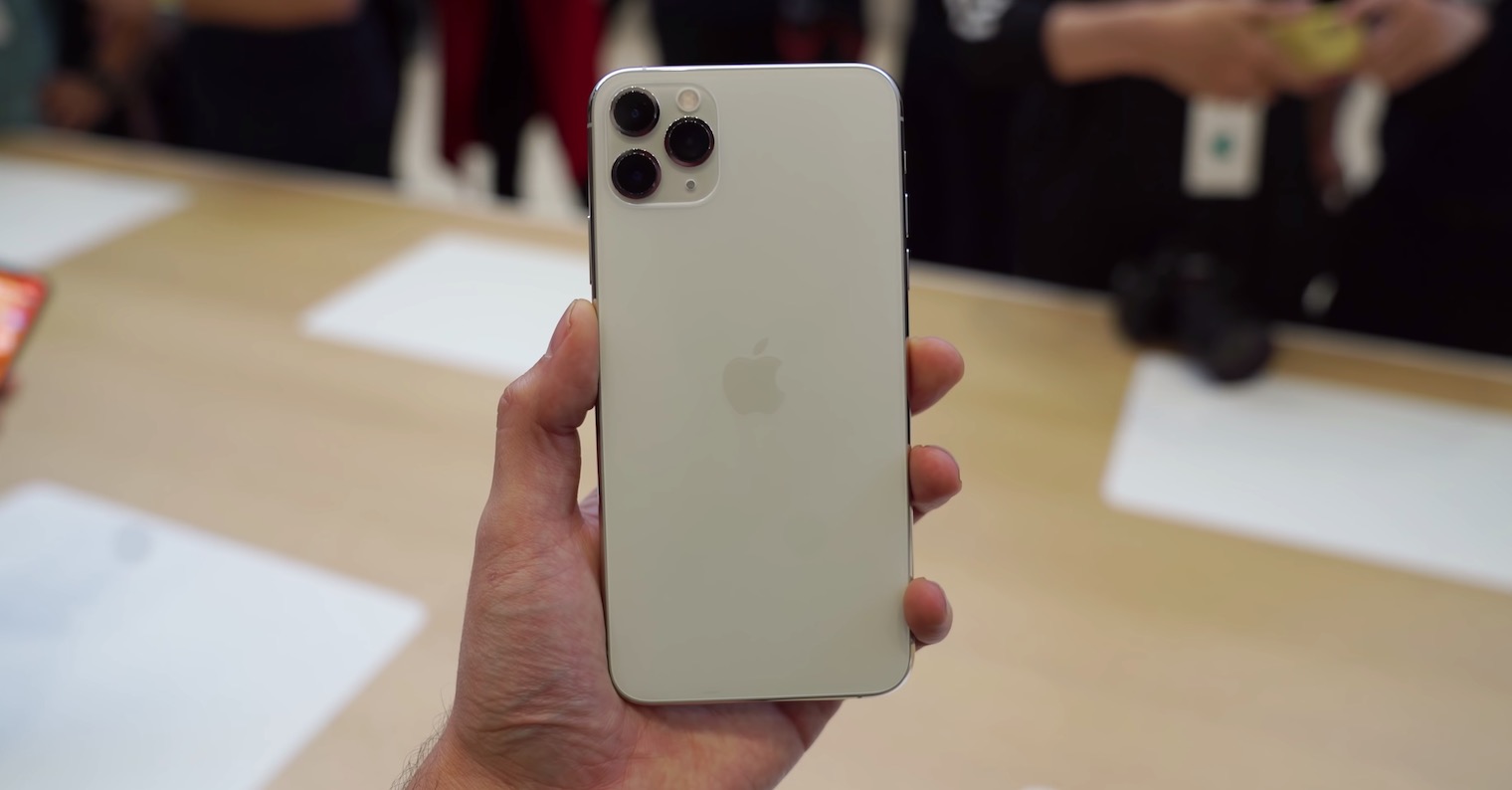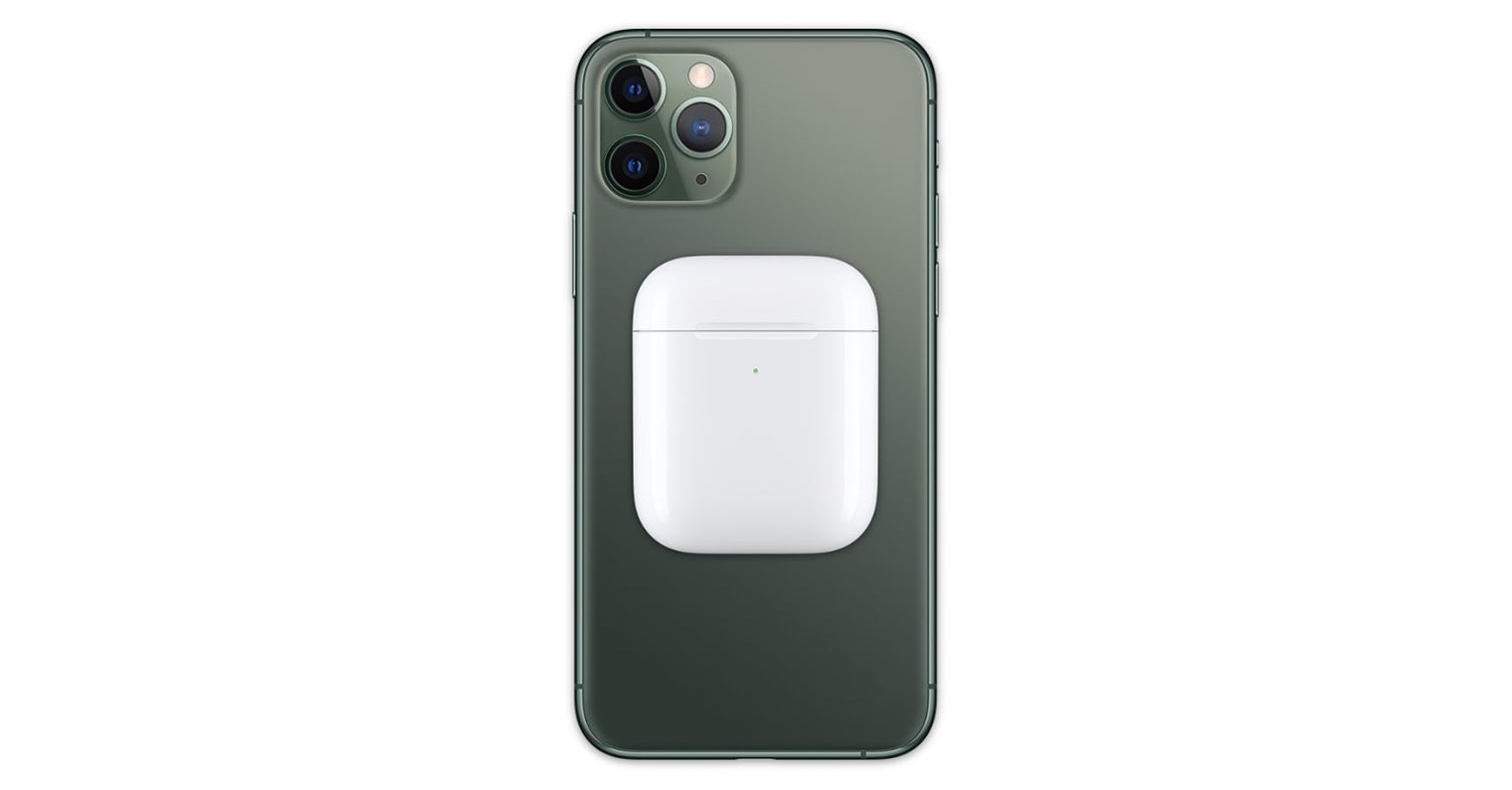Years ago, Apple bet on its own mobile processors. This move really paid off and now its latest A13 Bionic series is among the top on the market.
Server & Hosting AnandTech subjected processors Apple A13 detailed analysis and testing. The results will interest not only hardware fans, but techies in general. Apple has once again managed to drastically increase performance, especially in the graphics area. So the A13 processors can compete with desktop ones from Intel and AMD.
The processor performance has increased by about 20% when compared to the previous generation Apple A12 (not the A12X we know from the iPad Pro). This increase corresponds to the claims made by Apple directly on its website. However, Apple ran into power consumption limits.
In all SPECint2006 tests, Apple had to increase the power of the A13 SoC, and in many cases we are almost a full 1 W above the Apple A12. Thus, the processor demands disproportionately more for the maximum possible performance. It can handle most tasks less economically than the A12.
An increase in consumption of 1 W does not seem drastic, but we are moving in the field of mobile devices, where consumption is a crucial parameter. Additionally, AnandTech is concerned that the new iPhones will be more prone to overheating and then underclocking the processor to cool the device and handle the temperatures.
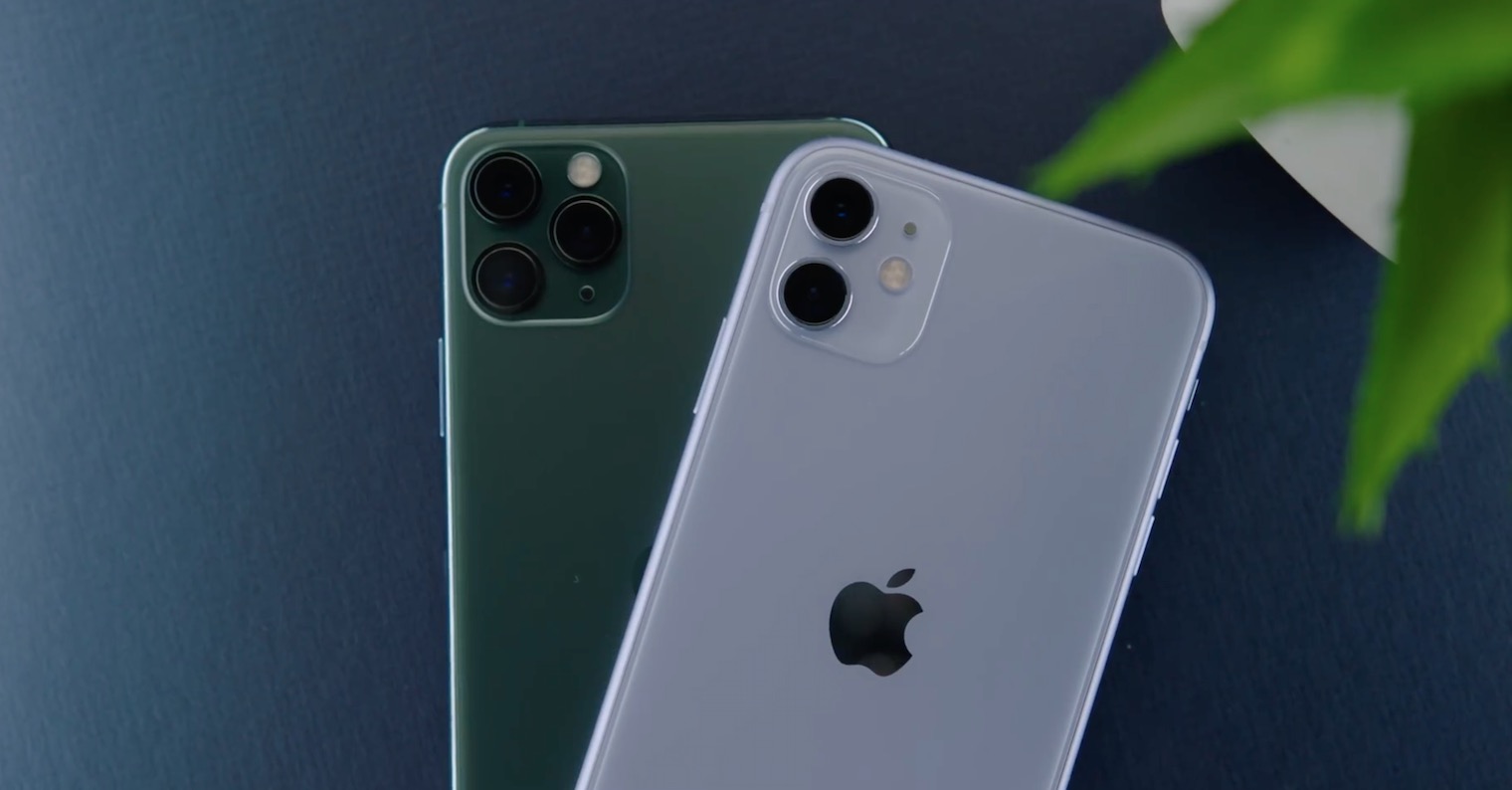
Desktop-like performance and graphics performance even better than before
But Apple says that the A13 is 30% more energy efficient than the A12 chip. This may be true, because the higher consumption is only reflected in the maximum load of the processor. In normal activities, the optimization can thus prove itself and the processor can achieve better results.
Overall, the Apple A13 is more powerful than all available mobile processors from the competition. In addition, it is almost 2x more powerful than the other most powerful processor on the ARM platform. AnandTech adds that the A13 can theoretically compete with a number of desktop processors from Intel and AMD. However, it is a measurement of the synthetic and multi-platform SPECint2006 benchmark, which may not take into account all the specifics and design of the given platform.
But the biggest increase is in the graphics area. The A13 in the iPhone 11 Pro outperforms its predecessor, the A50 in the iPhone XS, by 60-12%. The tests were measured by the GFXBench benchmark. Apple is thus surpassing itself and even underestimating itself in marketing statements.
It is not necessary to doubt that Apple has helped itself a lot by switching to its own processors, and quite possibly we will soon see a switch to computers as well.
It could be interest you


